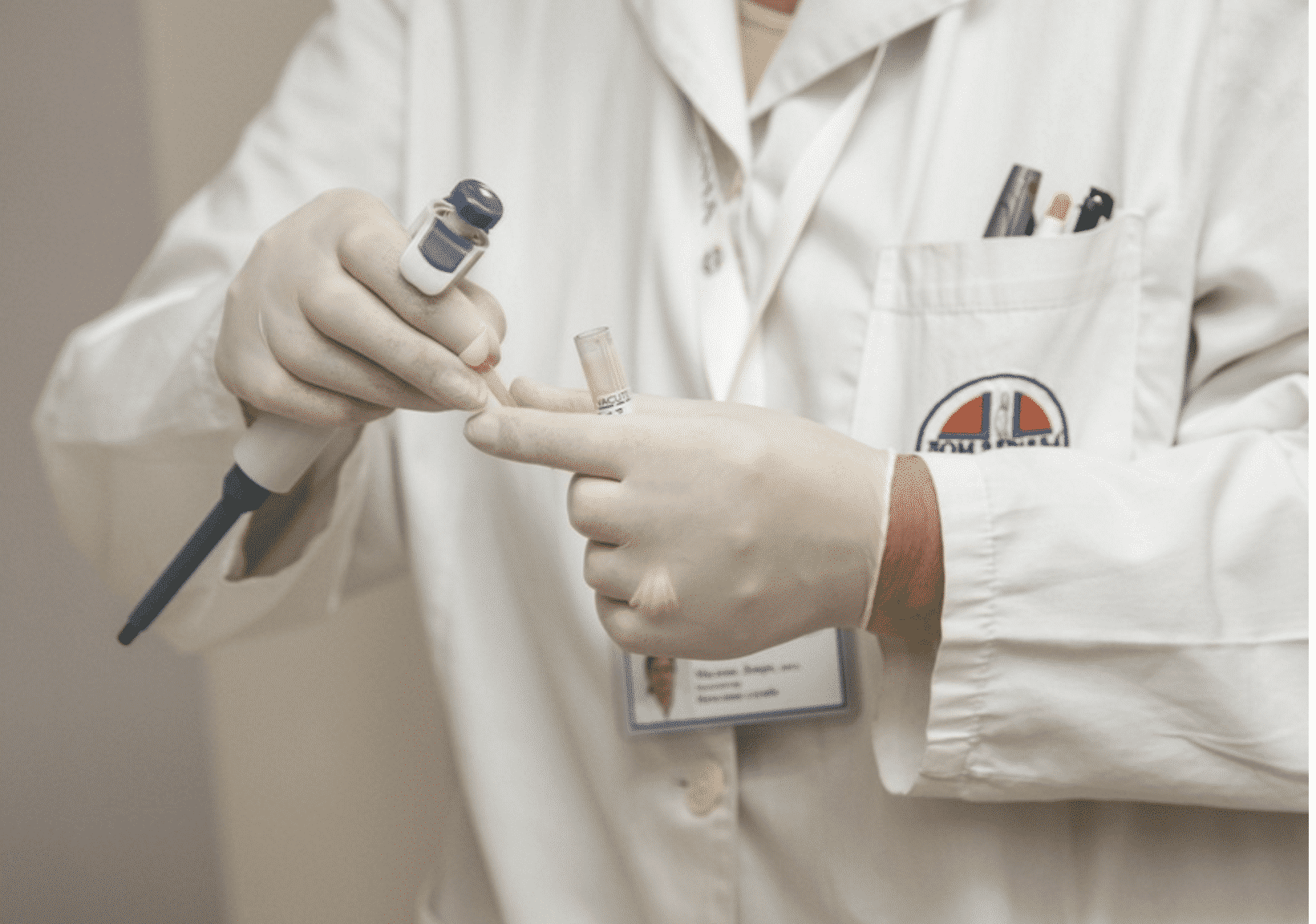Ultimate Medical Assistant Career Guide
Medical Assistant Careers
In today’s world, people are looking for jobs that are personally fulfilling, vocationally rewarding, and pay well. A career worth considering is that of a Medical Assistant. While there may be misconceptions about the career of a medical assistant, the facts of the matter are detailed below.
Medical Assistants, or MA, work in conjunction with physicians in ambulatory care and outpatient facilities to ensure the clinic is running smoothly. In an ambulatory setting, a MA will work to help solve immediate-care issues. For example, if a patient is admitted to a clinic after a fall, a Medical Assistant may be called upon to help reset a broken arm or provide stitches for a patient.
The MA would confer with a patient along with the on-staff physician and would work to provide treatment options as a team. After conferring on a plan, the MA would often become the point person to ensure all details were taken care of and information would be provided to the on-staff physician as needed.
The MA has evolved into a very exciting profession in part due to the diversity of care provided. In any given week, the variation in care provided to an array of patients keeps the job fresh. In other words, no two days are alike for a Medical Assistant. The diversity of activities along with real-time problem solving opportunities is a common theme among this group of medical professionals.
Where Do Medical Assistants Work?
A Medical Assistant can work in a variety of settings depending on the clinical setting. The most common settings and job titles for a medical assistant include:
Clinical Medical Assistant: Depending on the state and/or municipality, a Clinical Medical Assistant may perform lab tests, sterilize instruments, advise patients on a specialized diet, remove stitches, change dressings, dispose of contaminated supplies, and/or draw blood.
Podiatric Medical Assistant: A Podiatric Medical Assistant works alongside a Podiatrist helping in surgery, making casts, and developing x-rays.
Ophthalmic Medical Assistant: An Ophthalmic Medical Assistant works with Optometrists or Ophthalmologists to provide necessary eye care. The services may range from helping a patient with corrective lenses and contacts to helping during surgery.
Administrative Medical Assistant: An Administrative Medical Assistant will complete requisite insurance forms, collect patient information, field phone calls, and schedule appointments for a physician.
What are the Job Responsibilities of a Medical Assistant?
Medical Assistants are cross-trained to perform a wide variety of duties from clinic to clinic. In real terms, a MA is essentially a physician’s backup and support personnel, so being adept at a wide variety of tasks is important. Some of the most common tasks of a Medical Assistant include the following:
- Utilizing a variety of medical computer applications and CRM systems
- Accurately documenting patient medical history
- Prepping patients for exams and medical procedures
- Filling out and updating medical records
- Completing and coding the proper insurance documents
- Helping physicians with exams
- Preparing and collecting lab specimens
- Scheduling appointments and medical examinations
- Preparing medications as directed by physicians
- Drawing blood samples
- Managing electrocardiograms
- Changing dressings and removing sutures
- Authorizing patient prescription refills with physician direction
- Arranging for laboratory services and hospital admissions
- Answering phone/greeting patients
- Handling billing and bookkeeping services
What is the Job Setting for a Medical Assistant?
Medical Assistants can work in a hospital, doctor’s office, outpatient clinic, healthcare facility, or physician’s office. That being said, more than half of MAs work in a physician’s office. Most physicians when hiring a MA require they are well educated, articulate, possess great people skills, and a quality bedside manner.
All in all, a quality Medical Assistant knows the details of their job, cares for others, and can work to provide an exceptional level of customer service during each and every interaction.
Usually, most MA’s work full time and the hours of an MA mirror the hours of the office or clinic with the exception of an ambulatory Medial Assistant. Ambulatory MA’s will often be on-call and work when needed during the span of a designated shift.
Medical Assistant Income Overview
As of May 2015, the annual medial wage for Medical Assistants was $30,500, according to the Bureau of Labor Statistics. Employment trends for a Medical Assistant from the BLS shows a rapid growth in the West coast and East coast with the highest median wages in the same overlapping geographic areas. In fact, the three highest paying areas of the country for a Medical Assistant were all located in California with San Jose, San Francisco, and Oakland leading the way.
What Certifications Will I Need as a Medical Assistant?
In terms of certifications, the National Commission for Certifying Agencies recognizes the following certifications for the MA to achieve:
- NCMA- National Certified Medical Assistant administered by the National Center for Competency Testing.
- CMA (AAMA) – Certified Medical Administrative Assistant administered by the American Association of Medical Assistants.
- CCMA- Certified Clinical Medical Assistant administered by the National Healthcareer Association.
- RMA- Registered Medical Assistant administered by American Medical Technologists.
Be sure to contact the state board and speak to someone knowledgeable about the options in your state or municipality as the requirements for employment can vary from state-to-state.
How to Become a Medical Assistant
Students working to become a Medical Assistant find the education track intense, but manageable. Most MAs have post-secondary educations that include a degree and/or a certification; while others may elect to bypass college with on-the-job training before initiating their certification.
In general, there are no formal education requirements to proceed in the field, however employers will have specific requirements. Normally certifications and MA programs from a college or university will take about one year to complete. Employers tend to favor a 2-year degree as it will provide a more comprehensive education on a wide variety of subjects versus a narrow swath of specialty training. Employers prefer candidates with a broad educational background as they may encounter a variety of questions and issues from day to day.
In addition to education, there are other qualities that are important for medical assistants to have that starts with having an analytical mindset. Anyone in the medical field has to use diagnostics, charts, data, and other metrics to properly work with patient illness. Another important quality is to be detail-oriented as the volume of information and disparate data can be confusing without an orientation towards specifics.
Yet another important quality of a successful Medical Assistant is a set of quality interpersonal skills. MAs will be meeting with patients from a variety of backgrounds and a wide variety of ages, thus making interpersonal skills a vital aspect of properly connecting and collecting valuable information.
Job Outlook for Medical Assistants
The job outlook for Medical Assistants is bright. Projections from the BLS show the Medical Assistant’s sector is set to grow 23% through 2024 which is over three times the national composite rate for all occupations during this same timeframe.
The rapid growth is due, in part, to an aging population of baby-boomers who need of medical care coupled with a universal healthcare system. It stands to reason more and more clinics and medical offices will continue opening for the foreseeable future to help satisfy a growing demand.
Career Resources for Medical Assistants
For additional resources, make sure to visit MatchCollege and subscribe to our blog for the latest in college information. Related health care careers include nursing, ophthalmic tech, radiology, ultrasound, and medical office assistant. Outside academia, there are resources such as the AAMA which provide member benefits to MA’s across the country and help to advance the field of study.






